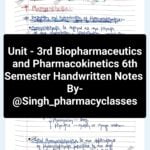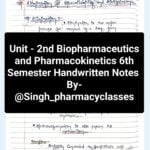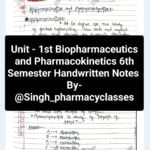HAP I
Introduction & Cell, Tissue MCQs with Answers
1 : Which field, when compared to the others, tends to rely more on
experimentation to find new answers?
a. anatomy
b. physiology
c. medical terminology
d. history of science
2 : Select the correct statement about the science of anatomy.
a. Our knowledge of human anatomy has remained the same since the time of the
ancient Greeks and Romans.
b. Anatomy is concerned with the function of body parts.
c. Anatomy is concerned with the structure of body parts.
d. The functional role of a body part has little to do with how the part is constructed.
3 : Which one of the following traits is not a characteristic of life shared by all
organisms?
a. circulation
b. digestion
c. growth
d. photosynthesis
4 : All organisms share a set of basic requirements. These include all of the
following, with the exception of _____________, which is not required by all
organisms, even if it is present in many.
a. carbon dioxide
b. oxygen
c. pressure
d. food and water
5 : Most of the body’s homeostatic mechanisms operate by negative feedback,
although a few function through positive feedback. Choose the example from the
list below that operates by positive feedback.
a. Blood pressure that has dropped too low is caused to increase.
b. A baby suckling at the breast stimulates greater milk production.
c. Maintenance of a constant body temperature is accomplished through sweating or
shivering.
d. Regulation of glucose levels in the blood requires the actions of two pancreatic
hormones, insulin and glucagon.
6 : Which of the following is the most complex level of organization?
a. organ system
b. macromolecule
c. organ
d. organelle
7 : Skin or bone is an example of what level of organization?
a. tissue
b. cell
c. macromolecule
d. organ
8 : The ______________ of the body includes the head, neck, and trunk.
a. dorsal cavity
b. appendicular portion
c. ventral cavity
d. axial portion
9 : The _____________ cavity is the portion enclosed by the pelvic bones.
a. abdominopelvic
b. pelvic
c. abdominal
d. thoracic
10 : The lungs are covered by a membrane called the _______________.
a. parietal pleura
b. visceral pleura
c. parietal pericardium
d. peritoneum
11 : The ____________ system is responsible for transporting fluid and also
houses the body’s disease-fighting cells.
a. integumentary
b. cardiovascular
c. lymphatic
d. digestive
12 : The ______________ system includes all the glands that secrete hormones.
a. muscular
b. lymphatic
c. nervous
d. endocrine
13 : The lower arm is _____________ to the stomach area, while the head is
________________ to the stomach.
a. medial; peripheral
b. proximal; anterior
c. lateral; superior
d. inferior; superficial
14 : A ______________ section divides the body into right and left portions.
a. coronal
b. transverse
c. sagittal
d. oblique
15 : The human liver is primarily located in the _____________________.
a. right upper quadrant of the abdominal area
b. left lower quadrant of the abdominal area
c. right iliac region
d. left hypochondriac region
16 : Anatomy is a term which means the study of _____.
a. physiology
b. morphology
c. cell functions
d. human functions
17 : A study dealing with the explanations of how an organ works would be an
example of_____.
a. anatomy
b. cytology
c. teleology
d. physiology
18 : What is the smallest level of organization considered to be living?
a. cell
b. organelle
c. tissue
d. system
19 : Which of the following includes the other terms?
a. cell
b. tissue
c. system
d. organ
20 : Which of the following terms means the same as ventral in humans?
a. dorsal
b. posterior
c. medial
d. anterior
21 : A tumor on the side of the abdomen can be described as being on the _____
surface of the body.
a. anterior
b. lateral
c. medial
d. posterior
22 : The chin can be described as being on the _____ surface of the skull.
a. inferior
b. lateral
c. superior
d. ventral
23 : Which of the following means the same as frontal?
a. transverse
b. coronal
c. sagittal
d. occipital
24 : Which of the following terms cannot be properly paired?
a. cranial, skull
b. frontal, forehead
c. nasal, buccal
d. orbital, eyes
25 : Which of the following pairs of terms is not correct?
a. ophthalmic, eyes
b. pectoral, chest
c. axillary, armpit
d. costal, abdomen
26 : Which of the following means the same as lower back?
a. lumbar
b. pelvic
c. inguinal
d. gluteal
27 : Which term refers to the back of the knee?
a. perineal
b. popliteal
c. pelvic
d. pedal
28 : Branched nerve fibers that convey impulses toward the cell body of a neuron
are called _____________.
a. axons
b. dendrites
c. axon collaterals
d. axon terminals










